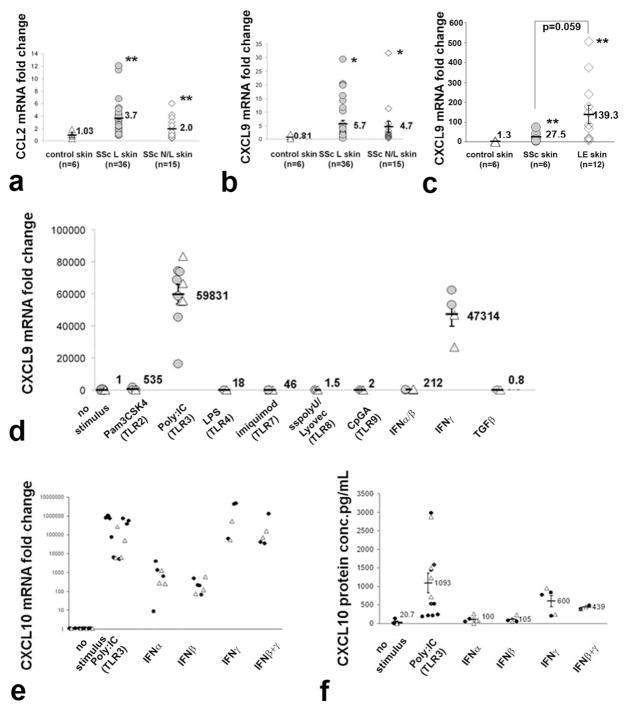Figure 2. Type II IFN-responsive genes: expression in skin from patients with dcSSc and dermal fibroblast induction by specific TLR ligands.
(a and b) Increased mRNA expression of type II IFN-regulated genes, CCL2 (3.5-fold increase, ** p<0.01) and CXCL9 (7.03-fold increase,*, p<0.05) in SSc L, and SSc N/L (1.95 and 5.8-fold increase, * p<0.05; ** p<0.01, respectively) compared to control skin. (c) mRNA induction of CXCL9 in normal (△) and in SSc (
 ) dermal fibroblasts by TLR ligands (as in Fig. 1), IFN α/β, IFNγ and TGFβ. TLR2 (p<0.01) and TLR3 ligand (p<0.001), and IFN α/β (p<0.01) and IFNγ (p<0.001) induced CXCL9 in SSc and in NL fibroblasts compare to unstimulated cell lines. (d and e) mRNA (panel d) and protein (panel e) induction of CXCL10 in normal (△) and in SSc (●) dermal fibroblasts by Poly(I:C) (p<0.001), IFNα (p<0.01), IFNβ (p<0.01), IFNγ (p<0.001) or the combination of IFNβ and IFNγ (p<0.001)..
) dermal fibroblasts by TLR ligands (as in Fig. 1), IFN α/β, IFNγ and TGFβ. TLR2 (p<0.01) and TLR3 ligand (p<0.001), and IFN α/β (p<0.01) and IFNγ (p<0.001) induced CXCL9 in SSc and in NL fibroblasts compare to unstimulated cell lines. (d and e) mRNA (panel d) and protein (panel e) induction of CXCL10 in normal (△) and in SSc (●) dermal fibroblasts by Poly(I:C) (p<0.001), IFNα (p<0.01), IFNβ (p<0.01), IFNγ (p<0.001) or the combination of IFNβ and IFNγ (p<0.001)..

